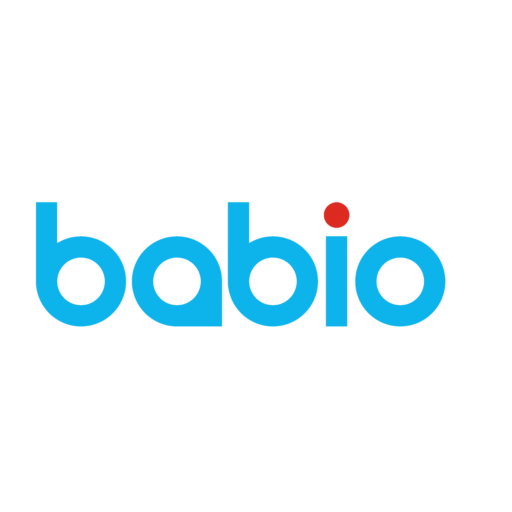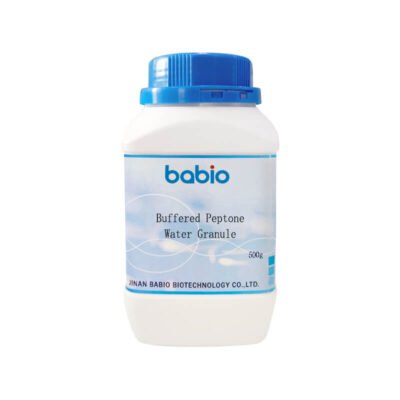Description
EMB Agar Granule for Coliform Isolation and Differentiation
EMB Agar Granule is specifically formulated for the isolation and differentiation of coliform bacteria and other enteric bacilli. This selective medium is a critical tool for identifying microorganisms commonly found in the gastrointestinal tract, such as E. coli and other lactose-fermenting organisms. The medium is widely used in clinical and research laboratories for microbiological investigations, particularly when distinguishing between lactose fermenters and non-fermenters is necessary.
Key Components and Their Functions
The formula includes several essential ingredients that support the selective nature of EMB Agar. The pancreatic digest of gelatin (10.0 g/L) provides the necessary nutrients and amino acids for bacterial growth, while lactose (10.0 g/L) allows differentiation based on fermentation. The presence of eosin Y (0.40 g/L) and methylene blue (0.065 g/L) makes the medium slightly selective by inhibiting certain gram-positive bacteria and acting as pH indicators. The phosphate buffer, dipotassium hydrogen phosphate (2.0 g/L), helps maintain a stable pH level at 7.1±0.2.
Preparation and Sterilization
To prepare the medium, suspend 37.4 grams of the granules in one liter of distilled or deionized water. Mix thoroughly, heat with frequent stirring, and autoclave at 121°C for 15 minutes. This preparation ensures the medium is sterile and ready for laboratory use. Once prepared, the medium forms a purplish red-brown gel, ideal for bacterial culture.
Principle of Operation
The mechanism behind EMB Agar’s selective properties lies in its combination of eosin Y and methylene blue. These dyes work together to inhibit the growth of gram-positive organisms, allowing for the isolation of gram-negative bacilli like Escherichia coli. E. coli colonies are easily identifiable by their characteristic green metallic sheen, which occurs due to strong lactose fermentation in an acidic environment. The medium distinguishes between lactose fermenters, which produce dark colonies, and non-fermenters, which form colorless colonies.
Storage and Shelf Life
To ensure the longevity and effectiveness of EMB Agar Granule, store it in its original, tightly capped container between 5-30°C. Under proper storage conditions, the granules have a shelf life of three years. Prepared media should be stored at 2-8°C, protected from direct light, and used within a short time to maintain quality.
Application in Microbial Differentiation
EMB Agar Granule is highly regarded for its use in clinical microbiology, food safety testing, and water quality analysis. Its selective properties make it a go-to medium for isolating coliforms, which are common indicators of contamination. This medium’s ability to clearly differentiate between strong and weak lactose fermenters makes it invaluable for detecting pathogens such as E. coli, which is crucial for maintaining public health.
Quality Control
To ensure accuracy in results, inoculate the prepared medium and incubate at 30-35°C for 24-48 hours. The appearance of bacterial colonies will help identify the specific organisms present. This testing process ensures the medium is functioning correctly, offering consistent and reliable results in microbial investigation.
visit our [Other Series] for more related products

EMB-Agar-Granule-1.jpg)
EMB-Agar-Granule-3.jpg)
EMB-Agar-Granule-2.jpg)
Maconkey-Agar-Medium-Granule-1-400x400.jpg)


Reviews
There are no reviews yet.